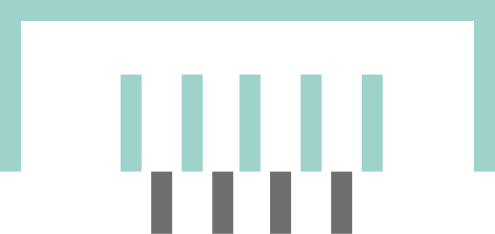Investigating Pre-Columbian Gold and Copper in Costa Rica – Ores, Mines and Artefact Production
DOI:
https://doi.org/10.46586/metalla.v27.2023.i2.149-166Keywords:
Mining archaeological prospection, geochemical analysis, stylistic feature analysis, Isthmo-Colombian regionAbstract
The wealth of pre-Columbian gold, copper and guanín (an alloy consisting mainly of gold and copper; also tumbaga) artwork of Costa Rica suggests that exploitation of its abundant ore deposits goes back way before the Spanish conquest. The name of Costa Rica itself, in fact alludes to the large numbers of golden metal objects worn by the indigenous peoples upon arrival of the conquistadors. Up to now, however, very little is known about pre-Columbian mining in the country or the raw material provenance of these artefacts. In a transdisciplinary project, we aim to reconstruct the metallurgical process chain by combining (mining) archaeological research with geochemical analysis of local ores and metal artefacts using a combination of different techniques. We identified four major gold and copper districts with different mineralisation types, which are the focus of our fieldwork-based research. They are surveyed for potential signs of pre-Columbian metal production and sampled for ores and their processing remains. On the other side of the process chain, we focus on the metal artefacts in museum collections. They are systematically registered in a database, which serves as a basis to identify correlations with the geochemical signatures of the artefacts, and to retrace potential links to possible areas of origin or different workshops. Once the necessary basic data have been collected, we will focus on economic and socio-cultural aspects of metal production and circulation. The results from Costa Rica will be put into perspective of New World early metallurgy and can provide a starting point for future research between Mesoamerica and the Isthmo-Colombian region.
A versioning of the article was necessary because a literature citation in the reference list had to be revised.
Downloads
Published
Versions
- 2025-02-25 (2)
- 2024-01-22 (1)
Issue
Section
License
Copyright (c) 2023 Guntram Gassmann, Sabine Klein, Andreas Schäfer, Elias Welk, Katrin Wester

This work is licensed under a Creative Commons Attribution 4.0 International License.



